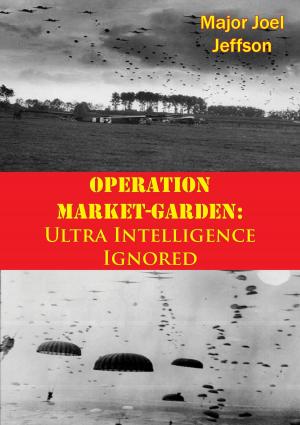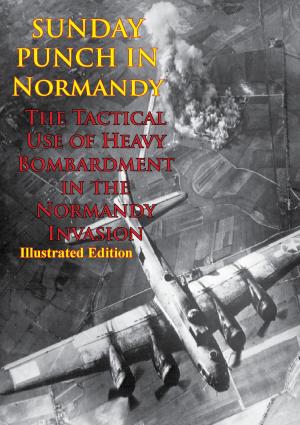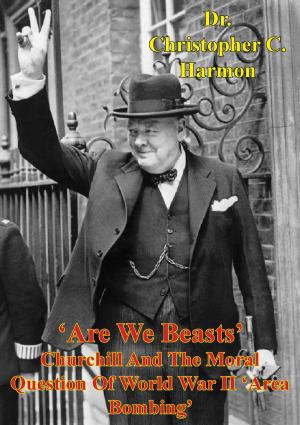Beyond The Gap: A Historical Perspective On World War II River Crossings
Nonfiction, History, Germany, European General, Military, United States| Author: | Major John Ordonio | ISBN: | 9781782898122 |
| Publisher: | Lucknow Books | Publication: | August 15, 2014 |
| Imprint: | Lucknow Books | Language: | English |
| Author: | Major John Ordonio |
| ISBN: | 9781782898122 |
| Publisher: | Lucknow Books |
| Publication: | August 15, 2014 |
| Imprint: | Lucknow Books |
| Language: | English |
Crossing a river against a defending enemy force is a difficult and complex task for any army. History has shown that preparation is necessary to avoid disasters during this type of operation. In 2003, the Third Infantry Division crossed the Euphrates River because it was prepared for this task and possessed the necessary equipment. Since then, no other divisions or corps has executed river crossing operations.
While the United States Army focused on counterinsurgency operations during the last twelve years, it underwent significant changes to adapt to meet the adversities on the battlefield. It transformed its war-fighting organizations, trained its corps and divisions with computer simulations, and relegated field training to brigade and below units. In addition, its current doctrine now refers to river crossings as the deliberate wet gap crossing. Because of these changes, many questions arose as to the present corps and divisions’ preparedness to do large-scale operations, to include its ability to plan, prepare, and execute the deliberate wet gap crossing. If called today, could these organizations conduct this complex operation? Examining river crossings in Europe during the Second World War was appropriate for insight into how the previous generation of corps and divisions prepared and executed such a complex task. After analyzing how these units were able to cross the numerous waterways in Europe, the present Army should consider reassessing its doctrine, training, and organization and equipment to prepare its units for future deliberate wet gap crossings.
Crossing a river against a defending enemy force is a difficult and complex task for any army. History has shown that preparation is necessary to avoid disasters during this type of operation. In 2003, the Third Infantry Division crossed the Euphrates River because it was prepared for this task and possessed the necessary equipment. Since then, no other divisions or corps has executed river crossing operations.
While the United States Army focused on counterinsurgency operations during the last twelve years, it underwent significant changes to adapt to meet the adversities on the battlefield. It transformed its war-fighting organizations, trained its corps and divisions with computer simulations, and relegated field training to brigade and below units. In addition, its current doctrine now refers to river crossings as the deliberate wet gap crossing. Because of these changes, many questions arose as to the present corps and divisions’ preparedness to do large-scale operations, to include its ability to plan, prepare, and execute the deliberate wet gap crossing. If called today, could these organizations conduct this complex operation? Examining river crossings in Europe during the Second World War was appropriate for insight into how the previous generation of corps and divisions prepared and executed such a complex task. After analyzing how these units were able to cross the numerous waterways in Europe, the present Army should consider reassessing its doctrine, training, and organization and equipment to prepare its units for future deliberate wet gap crossings.

![Cover of the book Eighth Army: El Alamein To The River Sangro [Illustrated Edition] by Major John Ordonio](https://www.kuoky.com/images/2015/november/300x300/9781782898399-l1yv_300x.jpg)
![Cover of the book Hunting The German Shark; The American Navy In The Underseas War [Illustrated Edition] by Major John Ordonio](https://www.kuoky.com/images/2013/january/300x300/9781782891185-dSms_300x.jpg)





![Cover of the book FIFTH ARMY AT THE WINTER LINE 15 November 1943 - 15 January 1944 [Illustrated Edition] by Major John Ordonio](https://www.kuoky.com/images/2014/august/300x300/9781782894605-n3t1_300x.jpg)





![Cover of the book The Emma Gees [Illustrated Edition] by Major John Ordonio](https://www.kuoky.com/images/2015/november/300x300/9781786255501-8RDw_300x.jpg)
